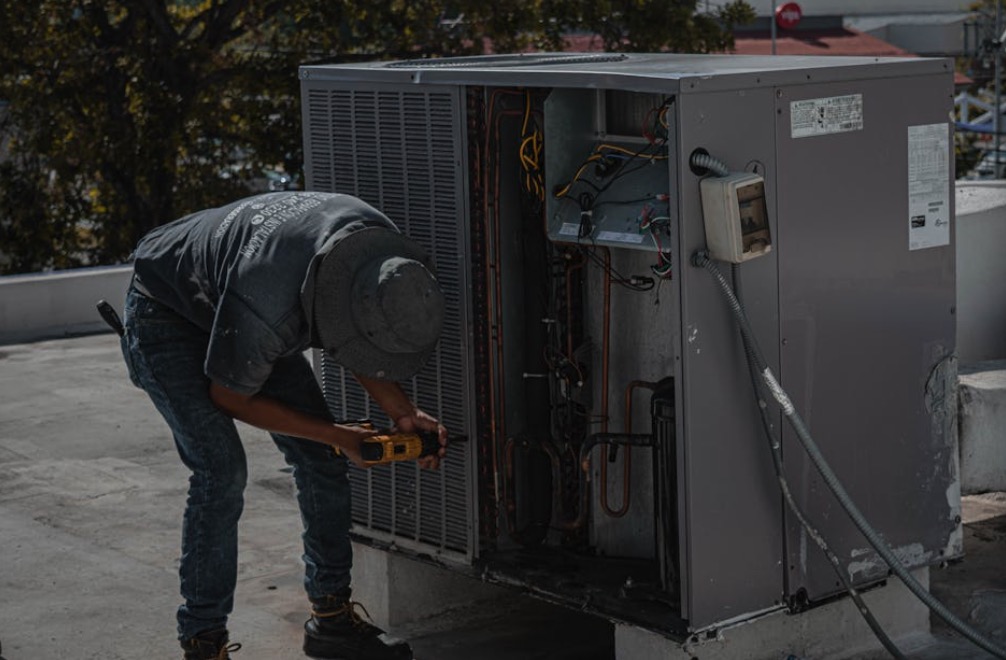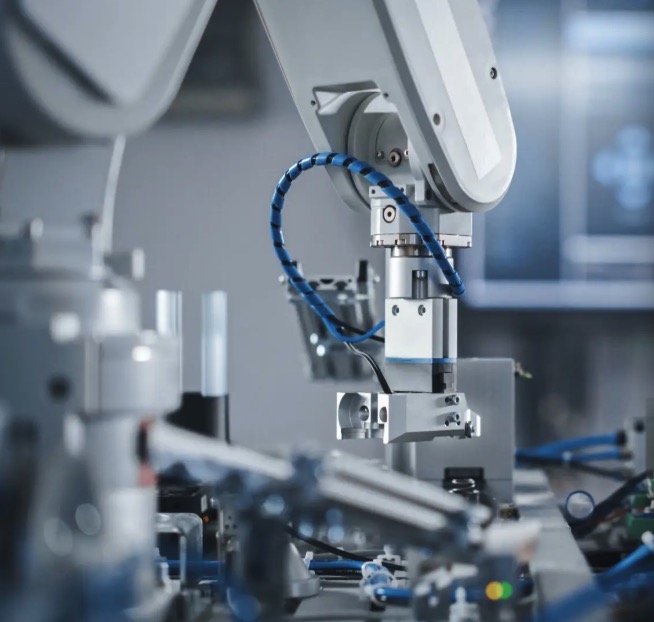Thermocouple Pyrometer: Measuring Temperature with Precision
Introduction:
– Overview of thermocouple pyrometers
– Importance of accurate temperature measurement in various industries
– Brief explanation of how thermocouple pyrometers work
Table of Contents:
1. What is a Thermocouple Pyrometer?
2. Advantages of Using a Thermocouple Pyrometer
3. Applications of Thermocouple Pyrometers
4. How to Choose the Right Thermocouple Pyrometer
5. Tips for Accurate Temperature Measurement
6. Conclusion
1. What is a Thermocouple Pyrometer?
A thermocouple pyrometer is a device used to measure high temperatures in industrial processes. It consists of two different metal wires, called thermocouples, that are welded together at one end to form a junction. The other ends of the wires are connected to a temperature display unit, which converts the voltage generated by the thermocouple junction into temperature readings.
2. Advantages of Using a Thermocouple Pyrometer:
– Wide temperature range: Thermocouple pyrometers can measure temperatures ranging from -200°C to over 2000°C, making them suitable for a variety of applications.
– Fast response time: Thermocouple pyrometers provide real-time temperature readings, allowing for quick adjustments and control in industrial processes.
– Rugged and durable: These pyrometers are designed to withstand harsh environments, such as high temperatures, vibrations, and corrosive gases.
– Cost-effective: Compared to other temperature measurement devices, thermocouple pyrometers offer a cost-effective solution without compromising accuracy.
3. Applications of Thermocouple Pyrometers:
– Steel industry: Thermocouple pyrometers are widely used in steel manufacturing to monitor and control the temperature of molten metal during the casting process.
– Petrochemical industry: These pyrometers play a crucial role in monitoring temperature in refineries, ensuring safe and efficient operation.
– Glass industry: Thermocouple pyrometers are used to measure temperatures in glass furnaces, enabling precise control of the melting and forming processes.
– Heat treatment: These pyrometers are essential for monitoring temperature during heat treatment processes, such as annealing, tempering, and quenching.
4. How to Choose the Right Thermocouple Pyrometer:
– Consider the temperature range required for your application.
– Evaluate the accuracy and resolution of the pyrometer.
– Determine the response time needed for your specific process.
– Assess the environmental conditions and select a pyrometer that can withstand them.
– Take into account the required output type (analog or digital) for integration with your control system.
5. Tips for Accurate Temperature Measurement:
– Ensure proper calibration and periodic recalibration of the pyrometer.
– Position the thermocouple probe correctly in the measurement area.
– Consider the emissivity of the target material and adjust the pyrometer accordingly.
– Minimize the effects of ambient temperature on the measurement.
– Protect the thermocouple wires from damage or contamination.
Conclusion:
Thermocouple pyrometers are indispensable tools for accurate temperature measurement in various industries. Their wide temperature range, fast response time, durability, and cost-effectiveness make them an ideal choice for many applications. By selecting the right pyrometer and following best practices for temperature measurement, businesses can optimize processes, enhance product quality, and ensure safety in their operations.
Remember, precise temperature measurement is crucial for the success of industrial processes. Invest in a reliable thermocouple pyrometer today and experience the benefits firsthand!
Reference:
– Jones, R. (2022). Temperature Measurement in Industry: Principles and Applications of Thermocouples. Elsevier.

How to Choose Between PT100, Thermocouple, and NTC Sensors
When it comes to measuring temperature in various applications, selecting the right sensor is critical for achieving precision, reliability, and efficiency. Among the most popular options are PT100 sensors, thermocouples



